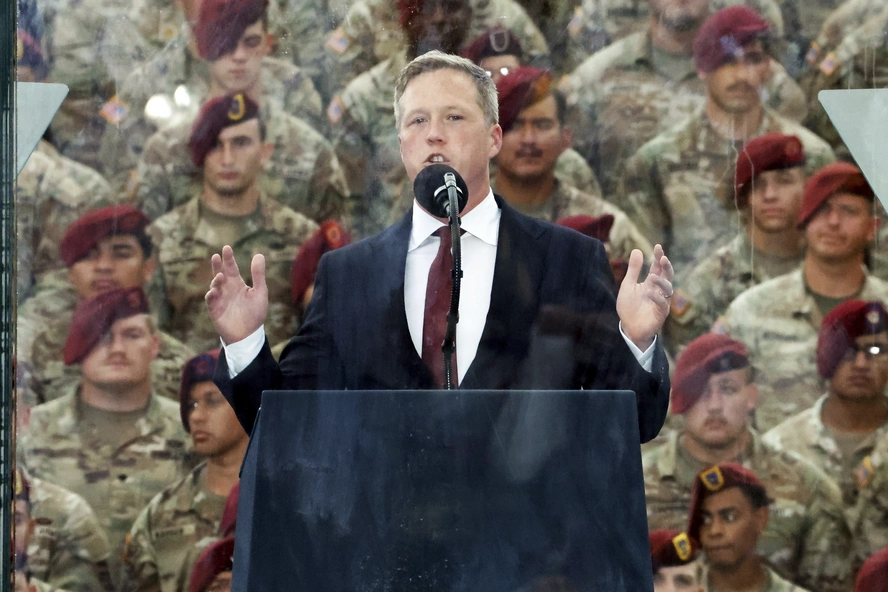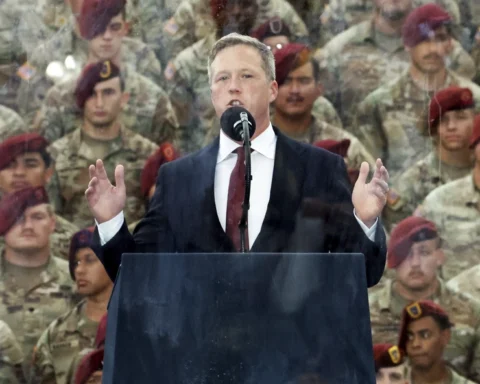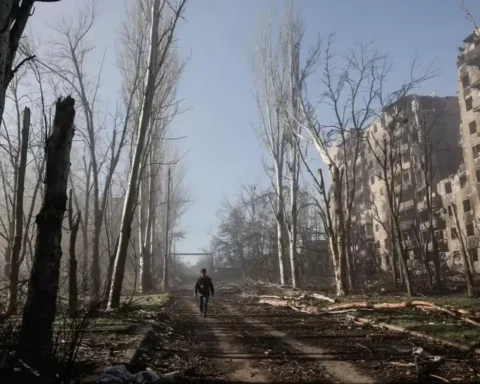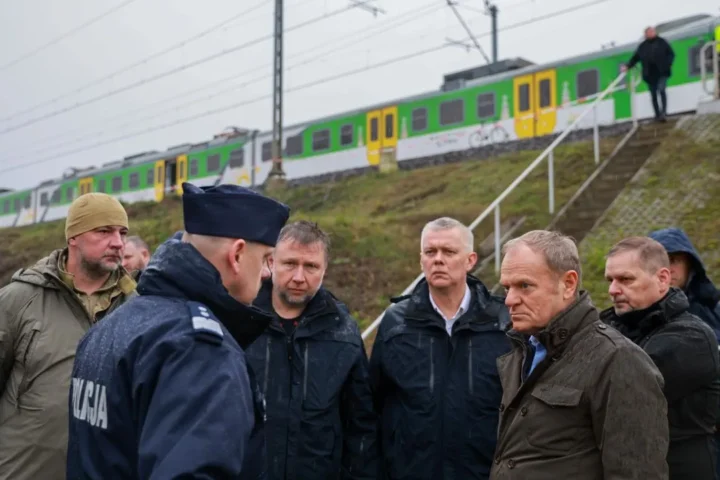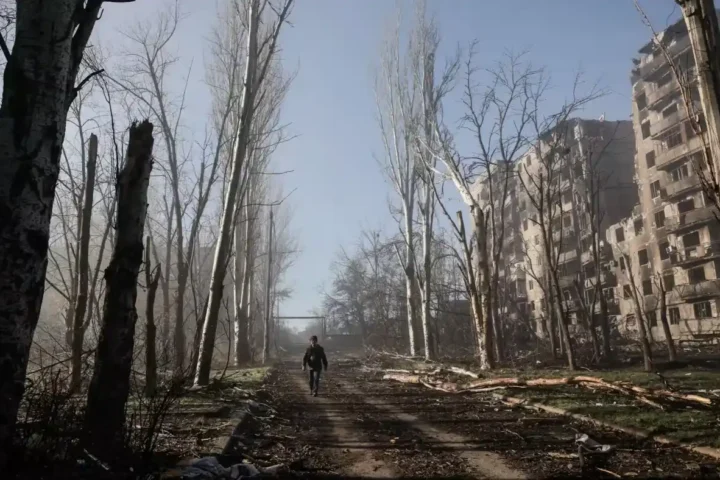According to Politico, the unexpected visit to Kyiv by U.S. Army Secretary Dan Driscoll and Army Chief of Staff Gen. Randy George has become the highest-level presence of President Donald Trump’s administration in war-torn Ukraine since February, when Treasury Secretary Scott Bessent traveled to the capital. This time, however, the visit carries a far more strategic mission.
Peace Talks and a New Format of Cooperation
Driscoll and George arrived in Kyiv with a dual mission — to accelerate the search for a political solution to the war and to discuss a technological partnership in the defense sector. According to the outlet, U.S. representatives are scheduled to meet with Ukrainian military leadership, members of parliament, and President Volodymyr Zelenskyy. The primary goal is to revive the stalled peace process, even though Moscow has rejected every proposal from Washington and Kyiv to halt the fighting.
The visit comes amid an intensification of Russia’s missile and drone campaign against Ukrainian cities. Last Friday alone, Russia launched 430 attack drones and 18 missiles at Kyiv, underscoring the urgency of new defense solutions and diplomatic steps.
Technological Exchange: Drones as the Future of Warfare
According to Politico, a key topic of the trip is the ongoing work on a major U.S.-Ukraine agreement to exchange drone and autonomous munition technologies. Over the past two years, Ukraine has become a global leader in the development of unmanned systems — from long-range strike drones to mass-produced FPV devices, manufacturing more than 1.5 million units annually.
Driscoll has repeatedly emphasized that Ukraine’s ability to rapidly adapt military technology should serve as an example for the Pentagon. Earlier this month, he told reporters that Ukrainians “do not accept the current version of a system as final” and often “MacGyver their way” to the desired outcome. Inspired by this approach, the U.S. Army has set an ambitious goal: to procure 1 million drones within the next two to three years — a target far beyond the current capacity of the American defense industry.
Gen. George added that Ukraine’s model of quickly integrating new technologies has become a blueprint for U.S. rapid testing and fielding programs.
Political Tensions in Washington and a Shift in Rhetoric
Sending Driscoll to Kyiv was an unexpected move: the Army secretary had not previously been a central figure in the Ukraine policy process. However, Politico notes that he is strengthening his influence within the Pentagon and is considered a close ally of Vice President JD Vance, with whom he studied at Yale Law School.
The contrast with Defense Secretary Pete Hegseth is notable. Although Hegseth has traveled to Europe several times, he has never visited Kyiv and even attempted to halt arms deliveries to Ukraine — a decision later overturned by the White House.
U.S.-Ukrainian relations were strained a few months ago, when a heated argument erupted in the Oval Office between Zelenskyy, President Donald Trump, and Vance. Vance accused the Ukrainian leader of insufficient gratitude for the billions in military aid, while Zelenskyy engaged in a sharp debate with Trump over the direction of the war.
This confrontation, along with Vance’s harsh remarks at the Munich Security Conference and Hegseth’s call for NATO allies to increase defense spending, created the impression that Washington’s stance toward Ukraine might shift. However, as Politico reports, the White House later softened its rhetoric: President Trump adopted a more supportive tone toward Zelenskyy, expressed strong backing for NATO, and attempted — unsuccessfully — to initiate diplomatic outreach to Russia.
Why the Visit Matters Now
The visit by Driscoll and George symbolizes the restoration of strategic cooperation between the U.S. and Ukraine. It underscores:
- Washington’s intent to pressure Moscow by strengthening Ukraine technologically,
- efforts to revive peace negotiations despite Russia’s refusal,
- growing recognition of Ukraine’s military innovations as a key direction in future warfare,
- the administration’s desire to rebuild relations with Kyiv after months of political tension.
According to Politico, sending top Army officials to Kyiv to discuss weapons development and strategic partnership would have seemed unthinkable only months ago. Now, however, it is viewed as part of a new U.S. strategy — combining diplomatic pressure, technological integration, and a demonstrative show of support for Kyiv.
Amid continued Russian assaults and uncertainty surrounding diplomatic prospects, the visit may mark a turning point in U.S. policy, shaping future NATO discussions and influencing the broader Western coalition.
This article was prepared based on materials published by Politico. The author does not claim authorship of the original text but presents their interpretation of the content for informational purposes.
The original article can be found at the following link: Politico.
All rights to the original text belong to Politico.


